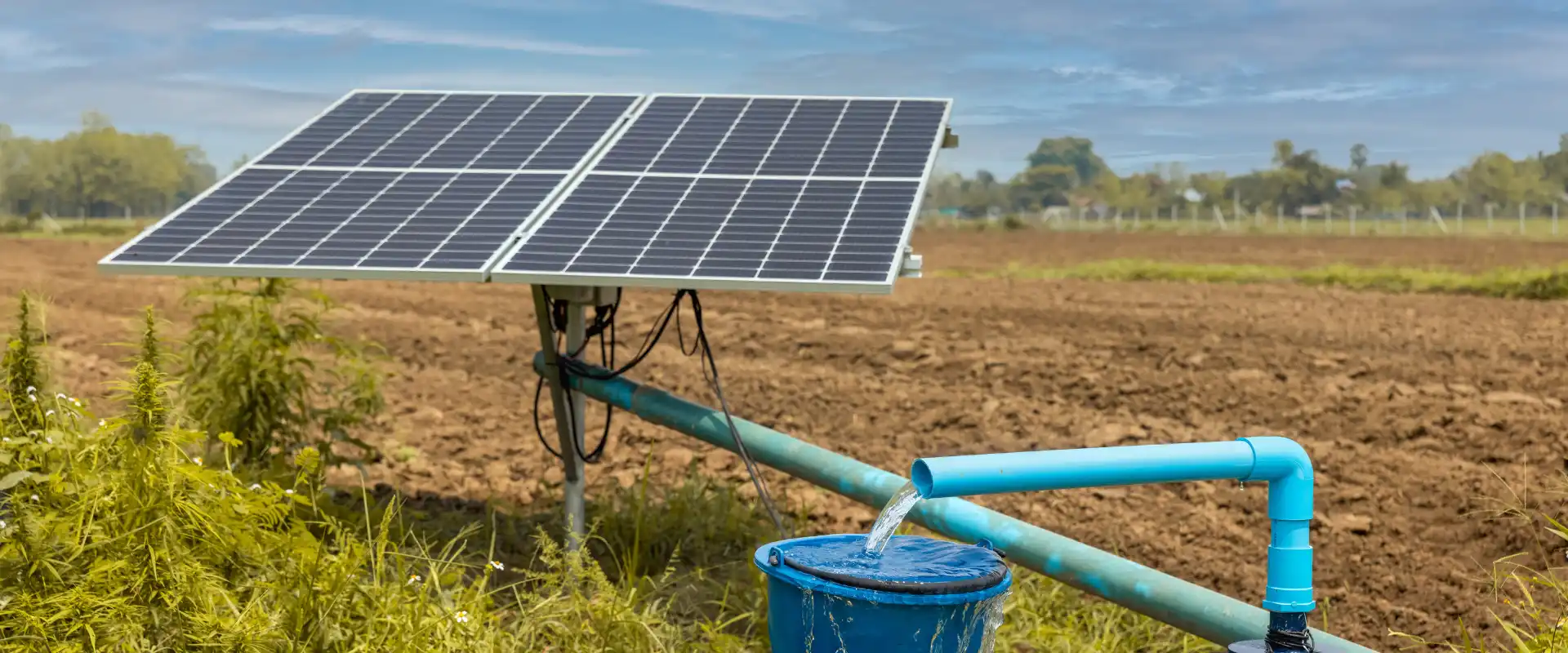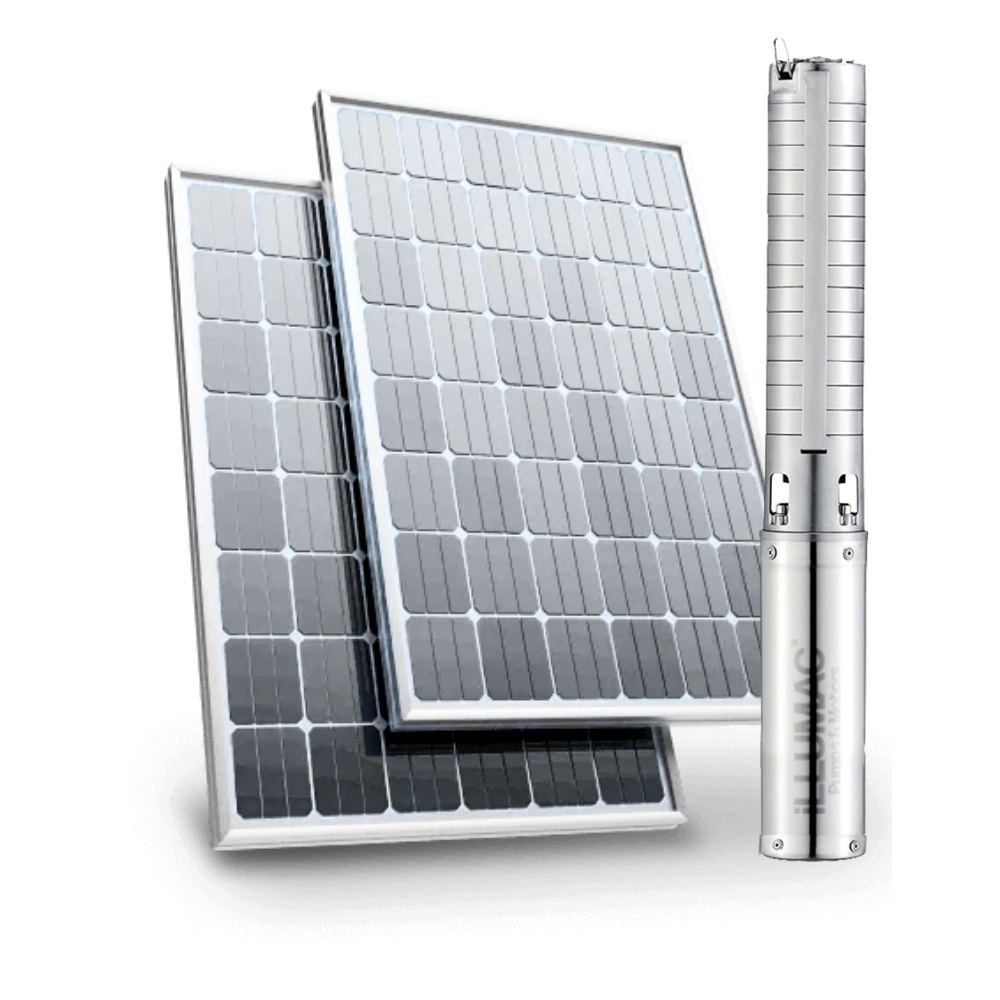- Home
- Blog
Top 7 Benefits of Solar Submersible Pumps for Indian Farmers

Introduction
Top 7 Benefits of Solar Submersible Pumps are:
1. Zero Operating Costs
-
No recurring diesel or electricity bills
-
Saves thousands of rupees annually
-
ROI usually within 2–3 years
2. Reliable Irrigation in Remote Areas
-
Off-grid farmlands
-
Hilly regions and tribal areas
-
Borewells, deep wells, and ponds
3. Long-Term Savings and Profitability
- Reduced fuel and maintenance costs
-
Increased cropping intensity (more yields per year)
-
Reduced labor through automation
-
4. Low Maintenance, Long Life
-
Lifespan: 15–20 years (with proper care)
-
Corrosion-resistant stainless-steel models available
-
Minimal wear-and-tear with water-lubricated motors
5. Environmentally Friendly
For every 1HP diesel pump replaced with a solar equivalent, you can save:
-
~1.5 tons of CO₂ per year
-
~500 litres of diesel annually
6. Eligible for Government Subsidy (PM-KUSUM)
-
Subsidy for 1HP to 10HP solar pumps
-
Available for both off-grid and grid-connected systems
-
Priority for SC/ST, small, and women farmers
7. Supports Sustainable Water Management
-
Ideal for micro-irrigation setups
-
Reduces over-irrigation and waterlogging
-
Helps conserve water for long-term use
Real-World Example
-
40% increase in yield due to timely irrigation
-
No fuel costs
-
Better water management through automated controls
How to Choose the Right Solar Pump for Your Farm
- Water source depth (shallow vs deep well)
- Daily water demand (based on crop type)
- Available sunlight hours
- Pump type: DC or AC, submersible vs surface
- Controller type: MPPT preferred for efficiency

